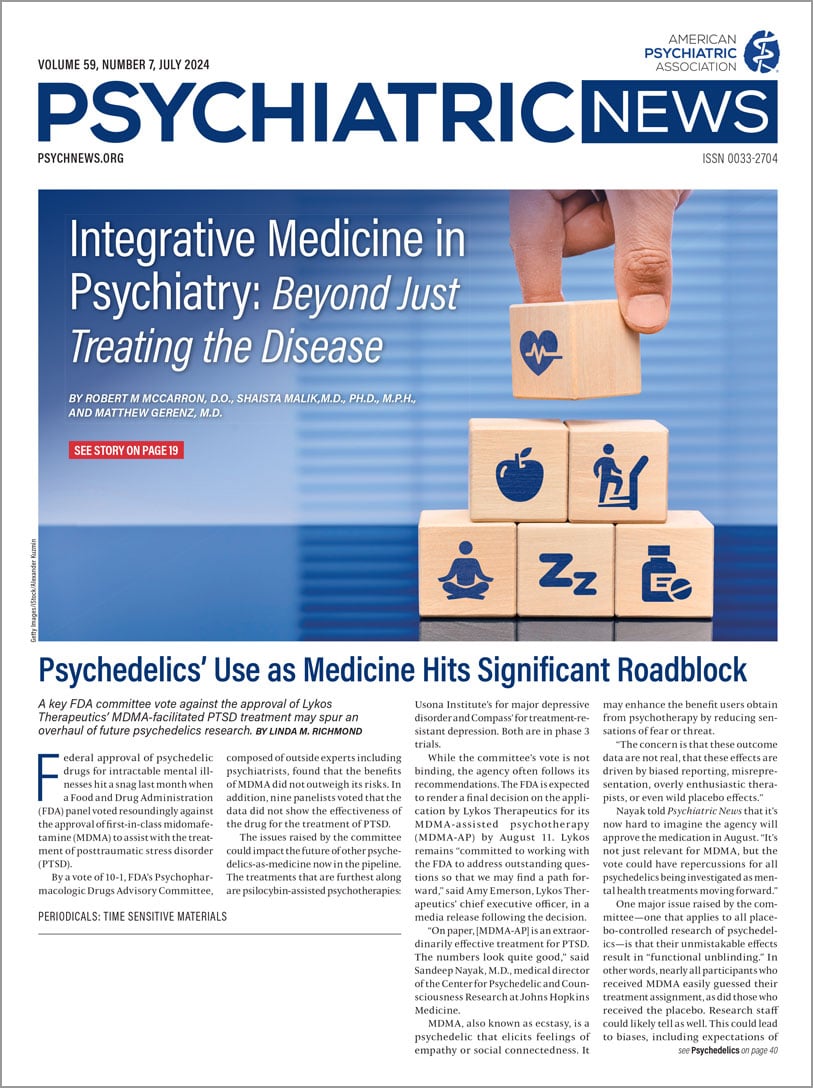There are not many states that could take a $2 billion hit to behavioral health service budgets and still lay claim to retaining a coherent response to the mental health needs of its citizens. After two years of record budget surpluses, California is deeply in the red in 2024, necessitating sometimes drastic cuts across the board on everything from housing for homeless people, services to health, and substance use and mental health programming. And yet, despite a steep $37.9 billion revenue shortfall in 2024 (an equal amount is predicted in 2025), proposed cuts in the mental health space are mostly to new programs with one-time funding enacted during two previous years of large surpluses. I’ll focus on a couple of program areas, facility beds, housing, and workforce.
While the prospect for many behavioral programs is mixed, it is not as dire as it might seem. Voters in November 2023 passed Proposition 1, which modernizes and updates a 20-year-old “millionaires’ tax” that brought in $3.8 billion for mental health services in 2023. Proposition 1 also incorporated a new $6.38 billion bond measure to build more behavioral health facility beds and housing units for people with severe mental illness. Fortunately, income from Proposition 1 was designed to be untouchable in the state budget process so its funds cannot be redirected to other purposes.
One of those more dire consequences in this year’s budget process is the loss of roughly $500 million in behavioral health workforce funding from the California Department of Health Care Access and Information—an agency tasked with expanding equitable access to health care. The budget maintains $7 million in current psychiatric loan repayment commitments (loan commitment letters having already gone out) and delayed $7 million for loan repayment until 2025. The budget also eliminated a $14 million loan repayment program for psychiatrists working in state-operated hospitals. Addiction psychiatry and medicine fellowship supports were eliminated with a “zeroing out” of the $48.5 million that supports them starting in 2025. Programs to expand social work and the nursing workforce were eliminated, while an innovative one-year fellowship program to train primary care providers in the essentials of primary care psychiatry received no ongoing funding after $10 million were requested for scholarships.
Housing and facility capacity expansion efforts experienced mixed results. Substantial reductions in the Behavioral Health Bridge Housing program—which provides housing “bridging” homeless individuals off the streets—sustain the program with $249 million after cutting $340 million from its budget. Gov. Gavin Newsom then recently announced the release of $3.3 billion in bond funds from Proposition 1 with notices of funding opportunities going out this summer and funds available later this year. Another program—the Behavioral Health Crisis Infrastructure Program—released funding in 2022 and 2023 to produce 2,600 new psychiatric inpatient level beds, and an equal number of beds for the treatment of substance use disorders, had its final round of $450.7 million in grants eliminated.
Space doesn’t permit more than passing mention of Gov. Newsom’s Children and Youth Behavioral Health program—another program enacted using budget windfalls—sustaining cuts of $420 million in its budget of $2.2 billion over the next two years. This program will be instrumental in providing school-based mental health care.
Finally, an attempt to shore up California’s Medi-Cal (Medicaid) system by increasing provider rates included in a recently enacted managed care organization tax will be reduced substantially. Psychiatrists will still enjoy a rate increase to 87.5% of Medicare payment, but removed from the budget is $200 million in ongoing funding to support psychiatric facilities treating Medi-Cal patients.
Summing up: The cuts I’ve outlined will have real impacts on real people, people with severe mental illness who rely on the state to support and sustain them in achieving stability and walking on a road to recovery. We are already at work on a plan for 2025 to address the cuts taken in 2024. ■

